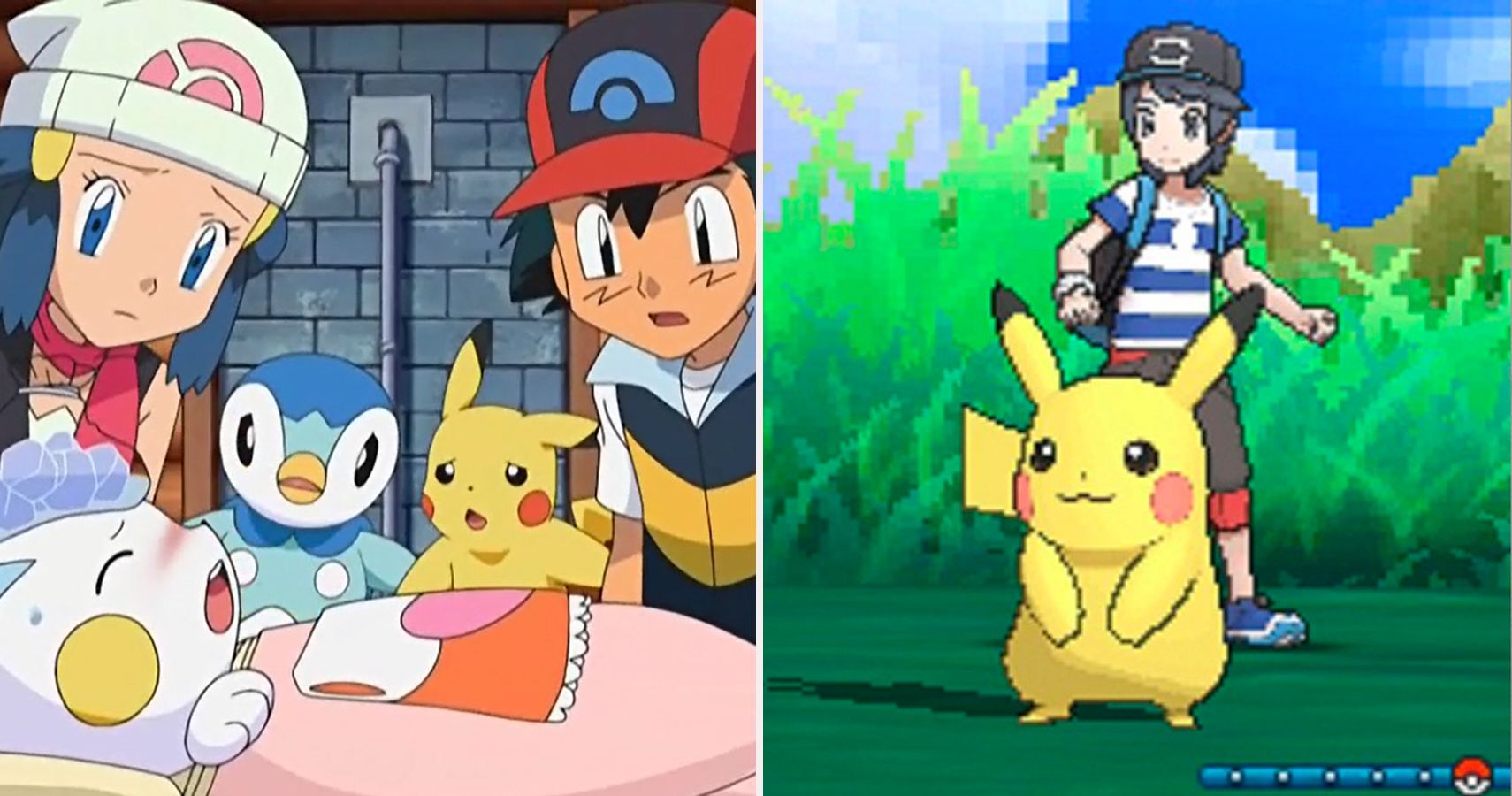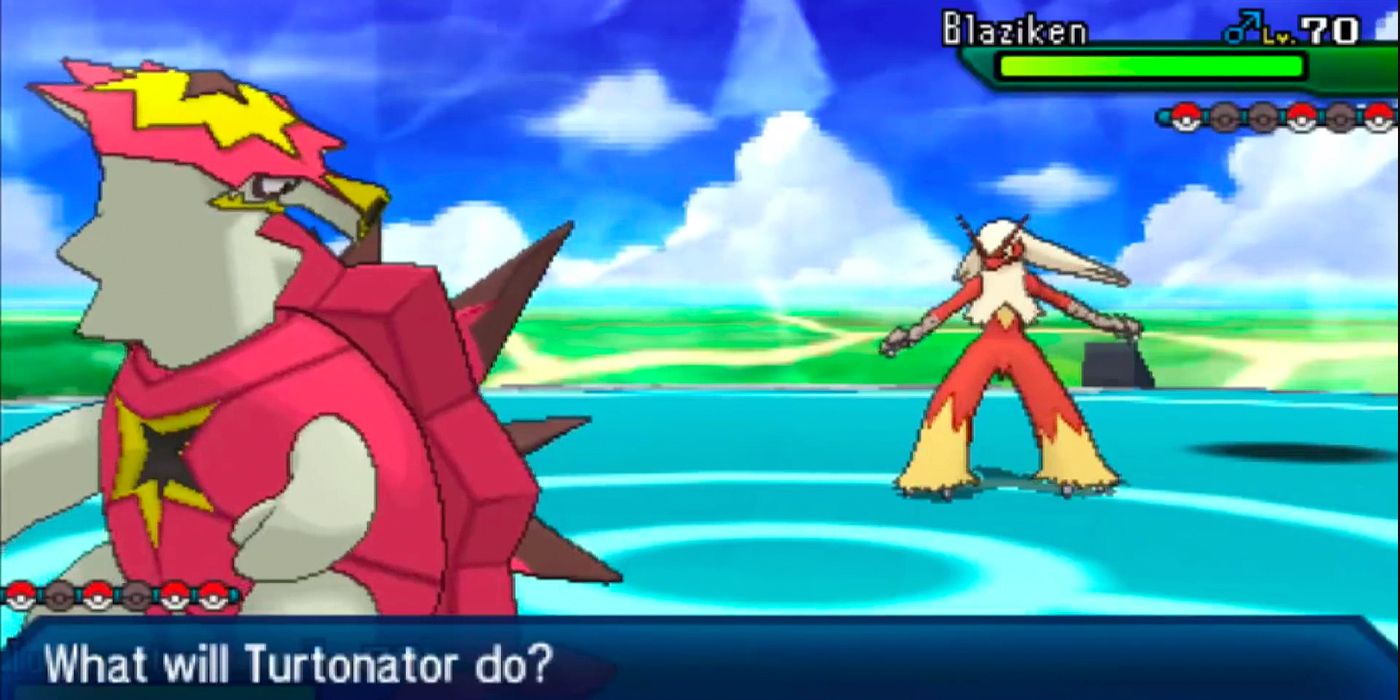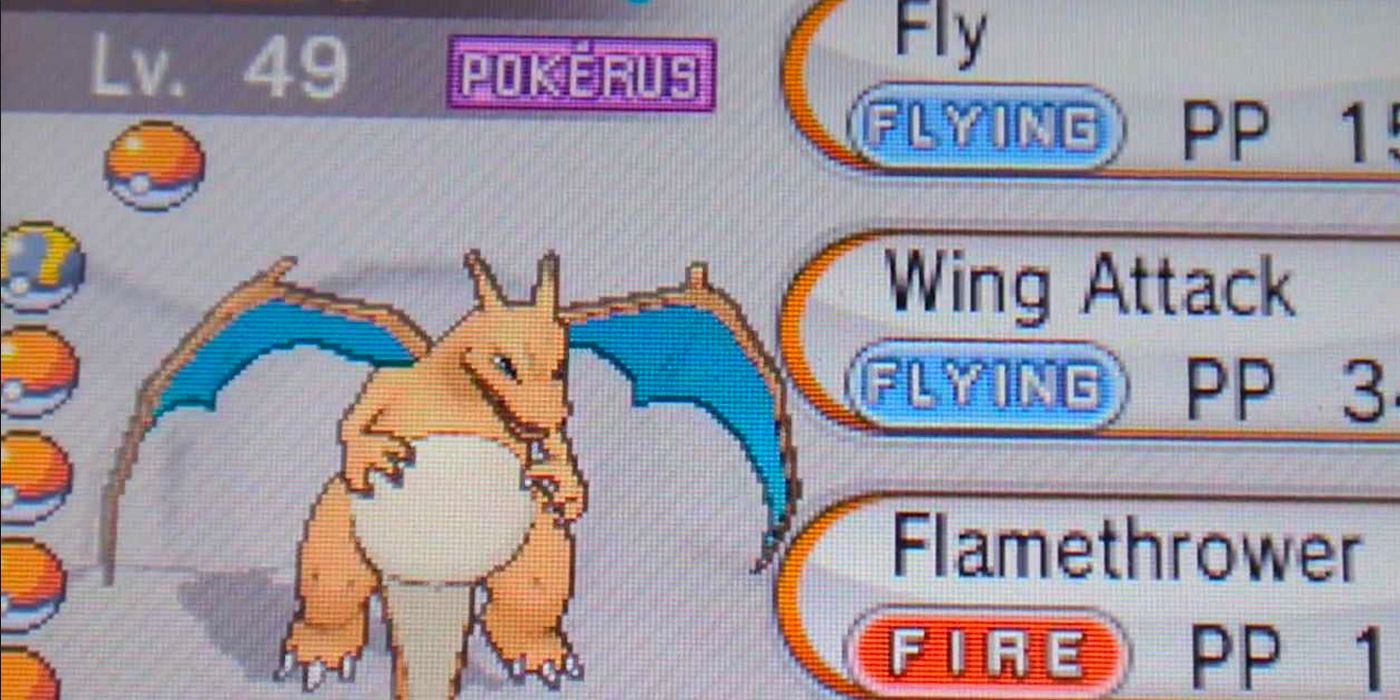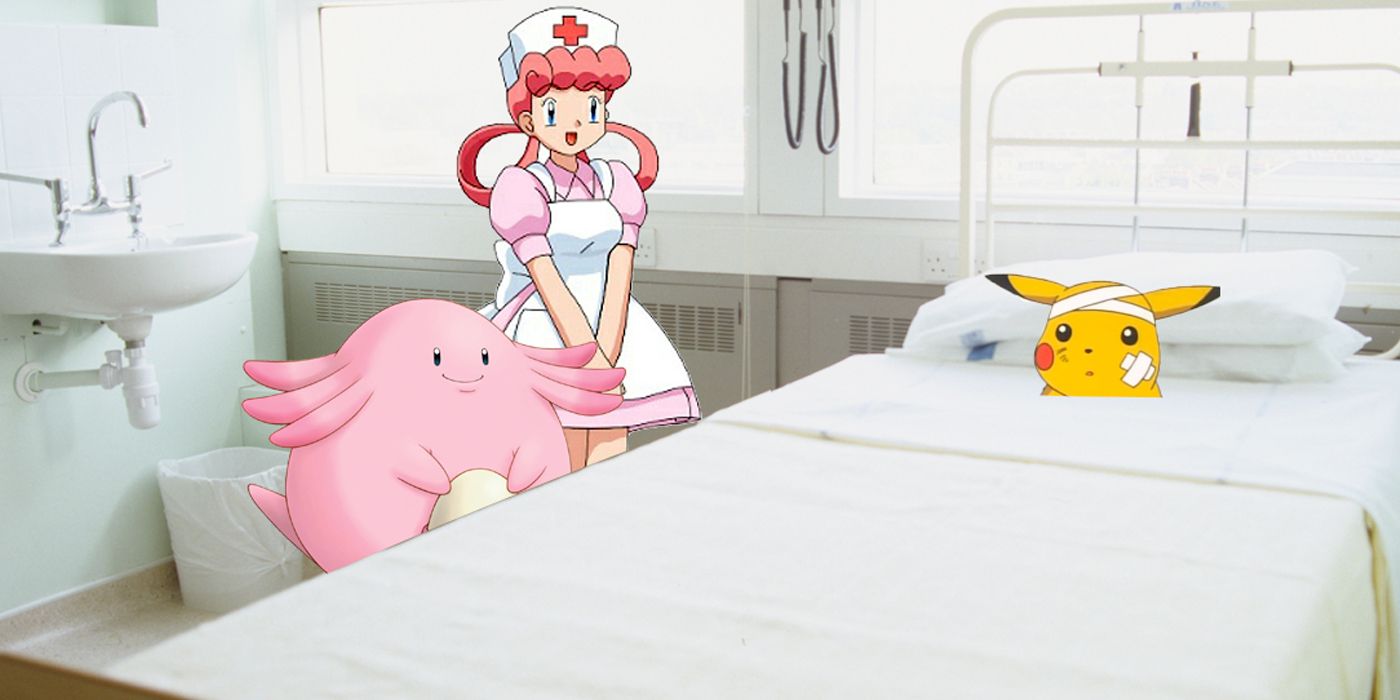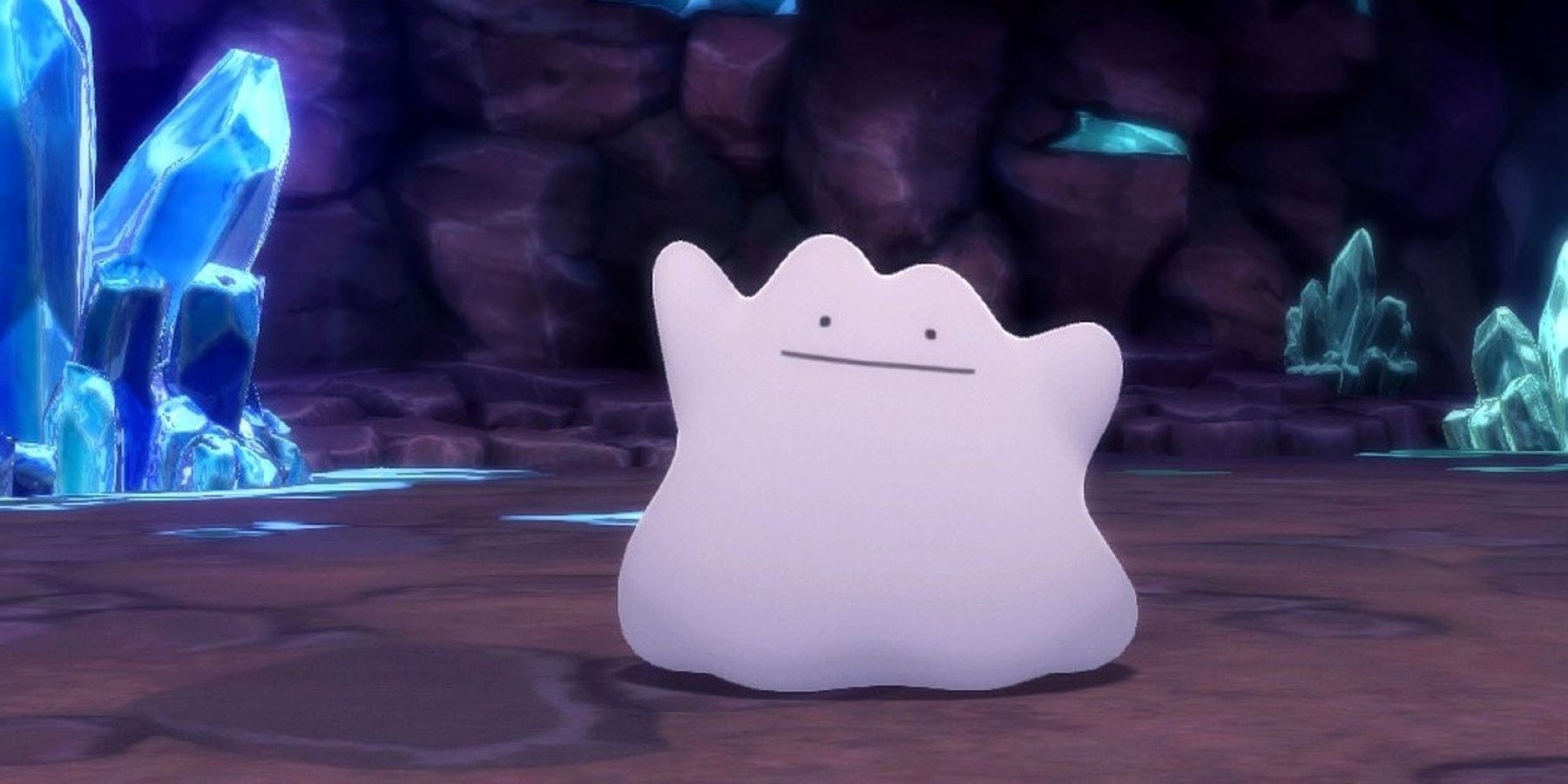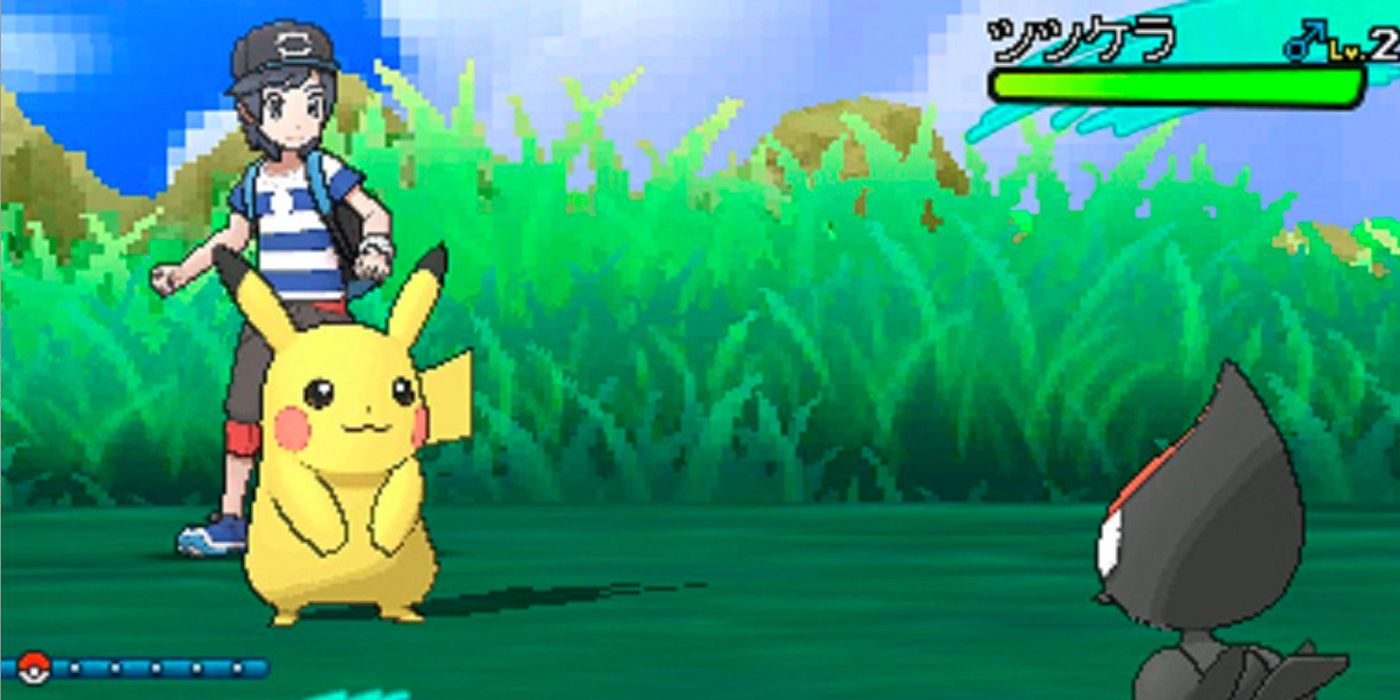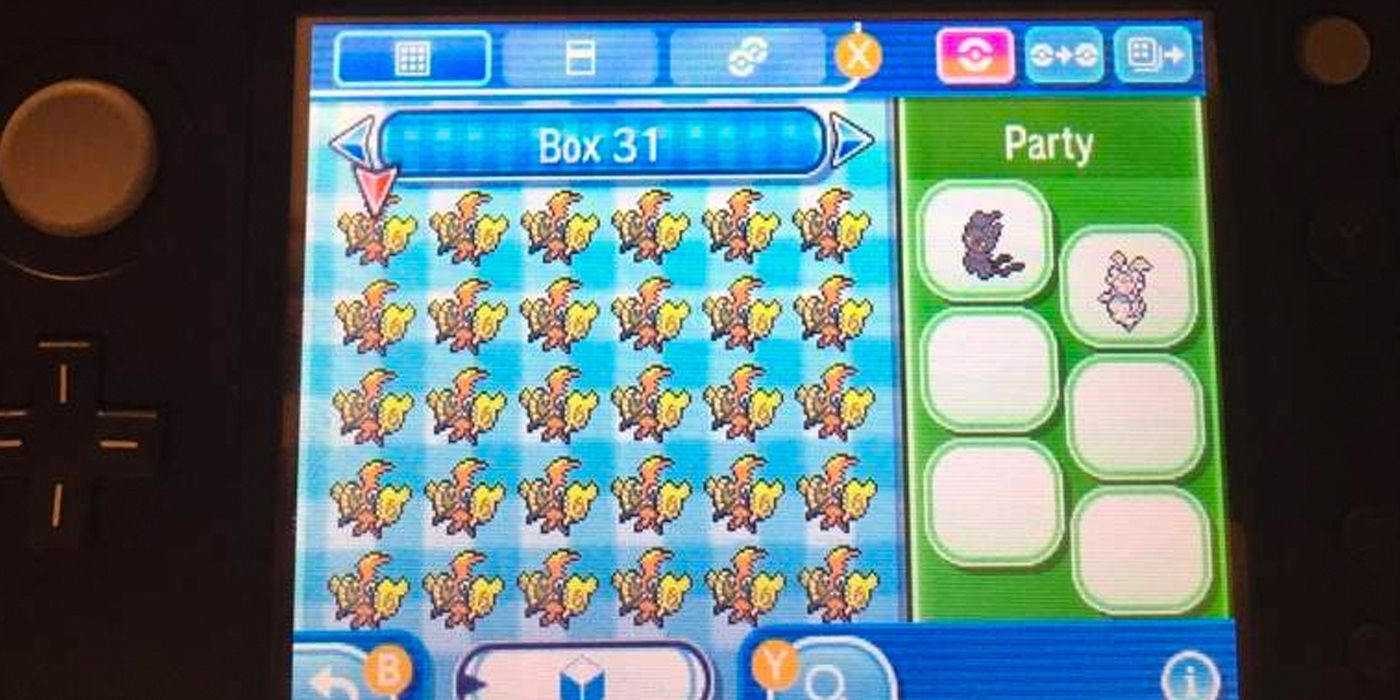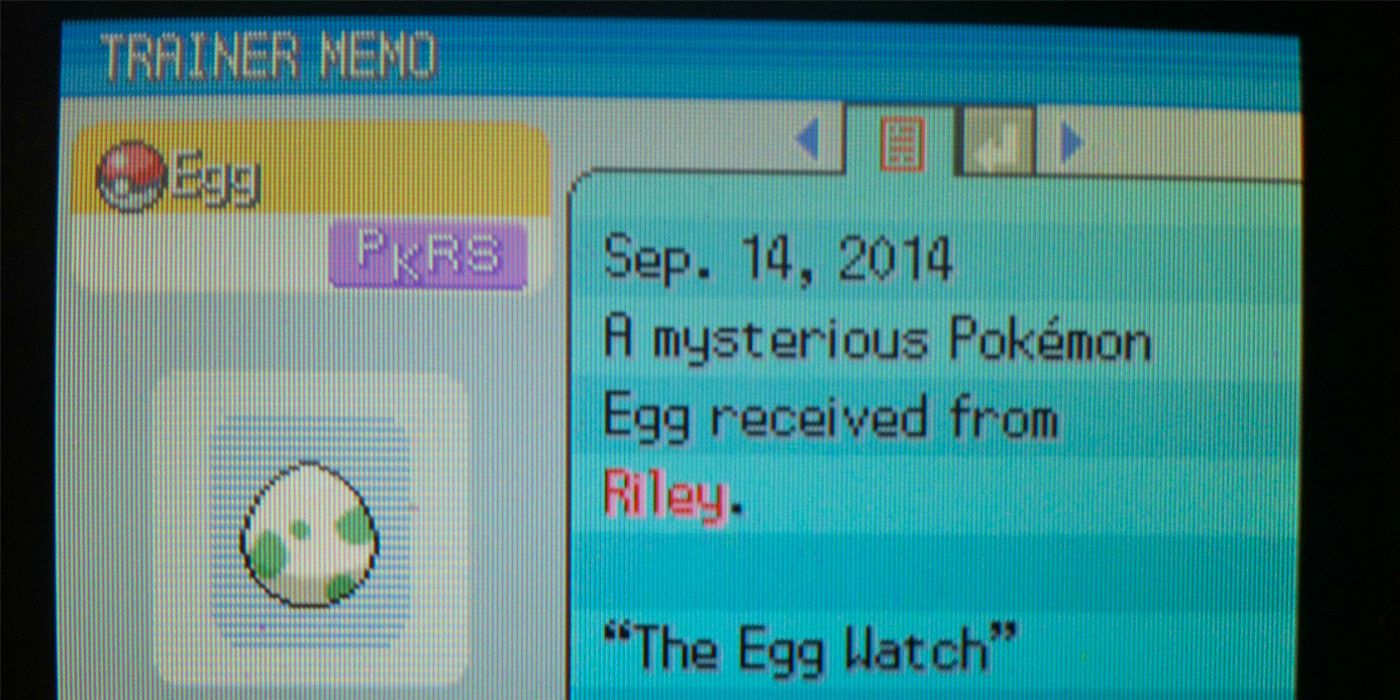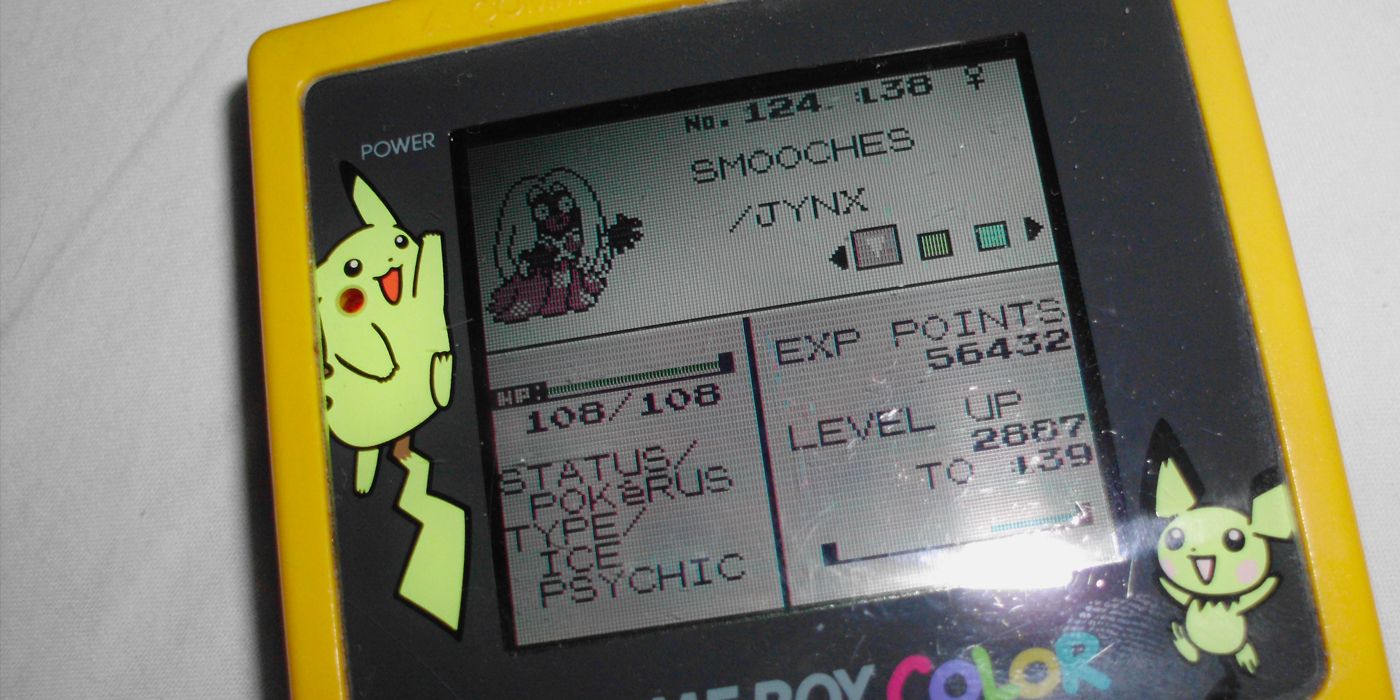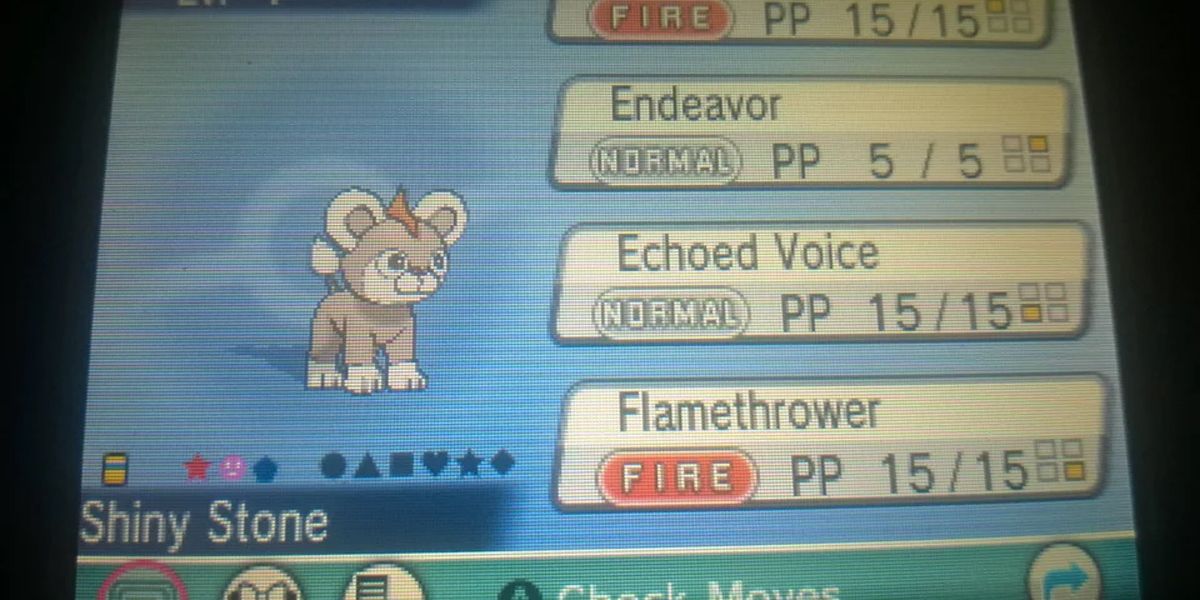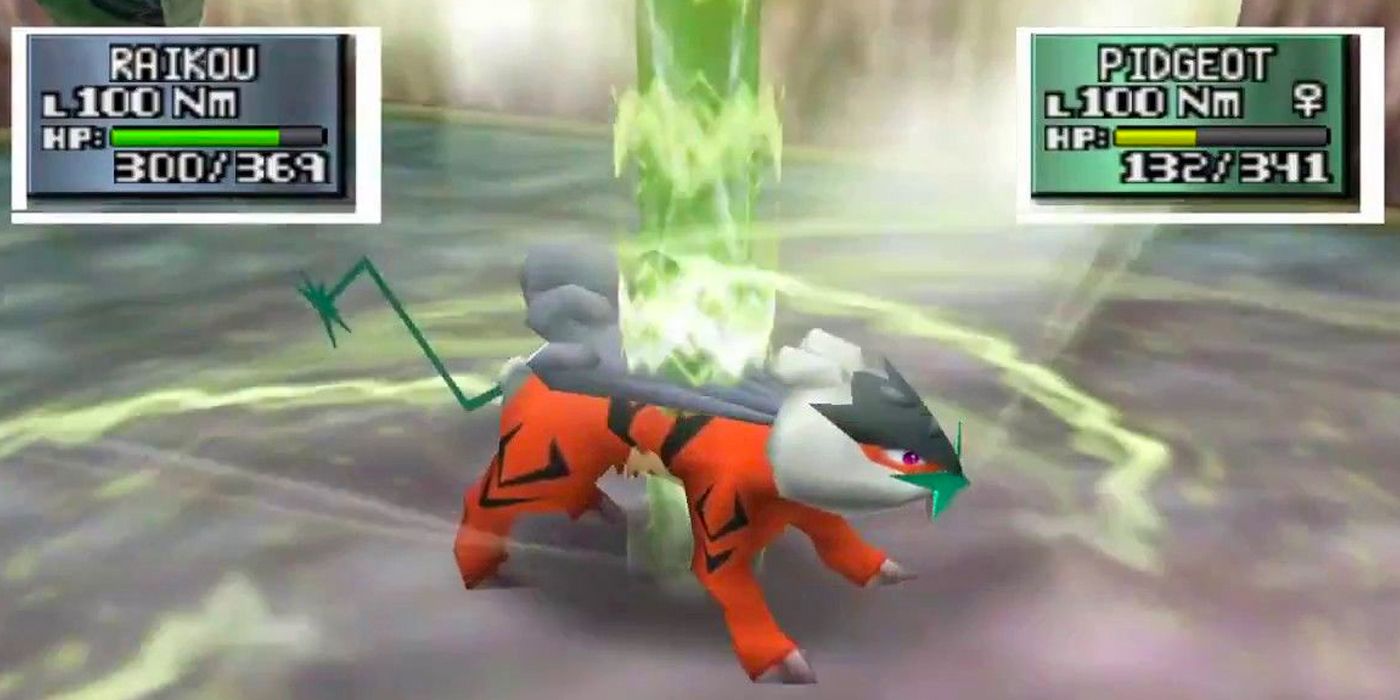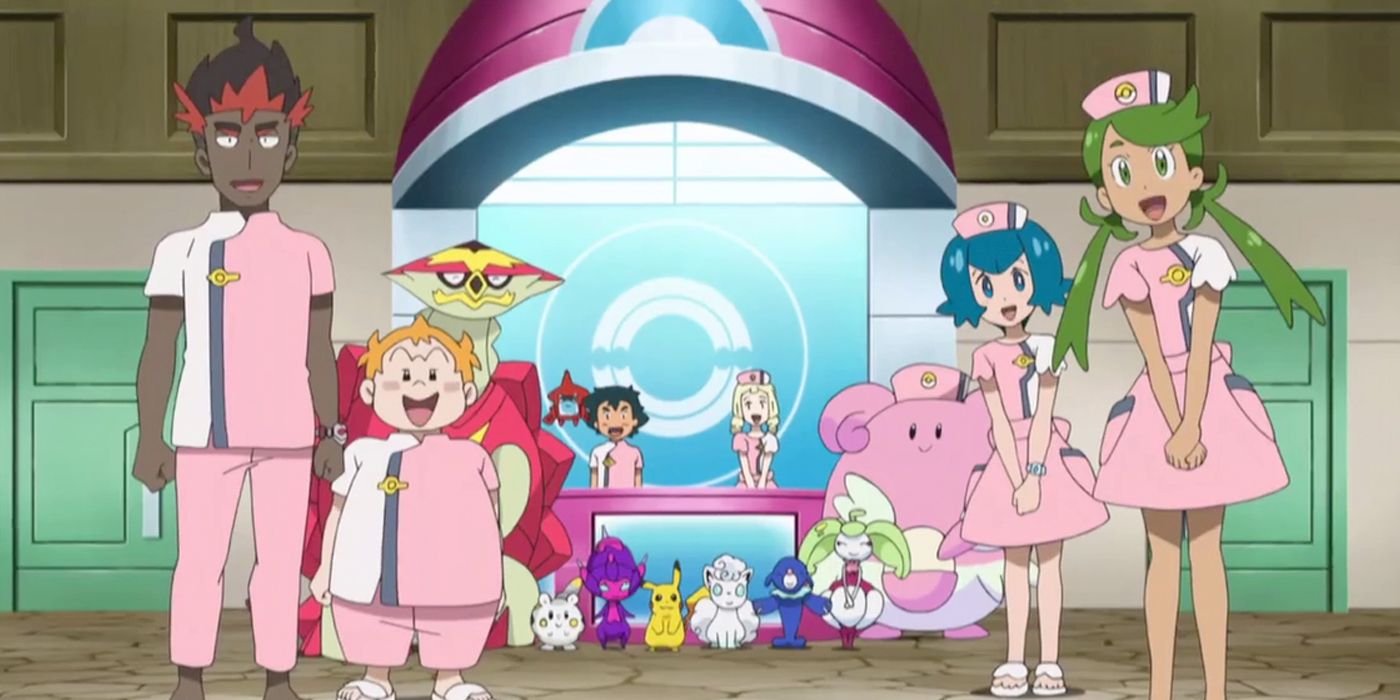Pokérus is far and away the most interesting aspect of Pokémon biology. Introduced in Generation II, but not popularized until Generation III, Pokérus is a virus that randomly appears in-game and greatly affects a trainer’s team. Through Pokérus, Pokémon can infect one another with the virus, potentially even infecting the whole team.
This is far from a bad thing, however. Pokérus, when used intelligently and properly, can be an amazing tool for EV training or simply building up a competitive team. The virus’ side-effects are all beneficial and there’s no downside to giving a Pokémon Pokérus. Of course, doing so might take more effort than it seems.
Updated December 10th, 2021 by Russ Boswell: The Pokérus has been a curious addition to the Pokemon franchise ever since its introduction in Generation 2. It quickly caught on with fans, offering them a unique event that was even rarer than shiny Pokemon and would turn their pocket monsters into super EV-training machines. But even in the modern age, some Pokemon fans have never seen the Pokérus or even know it exists in the games. To help newcomers to the series (and returning fans) better understand the Pokérus and what it does, the following article has been updated.
12 Double The EVs
The first thing worth noting about Pokérus is the fact that it doubles EV gained during battles. This is particularly useful since manipulating this detail would allow trainers to build up their Pokémon’s EVs incredibly fast without wasting levels. In turn, Pokémon are able to more quickly reach their full potential.
Better yet, infecting a Level 1 Pokémon with Pokérus and then properly EV training it will result in a far stronger Pokémon than usual since it will have had Pokérus affecting its growth since birth. That alone is more than enough to make Pokérus worthwhile, but understanding how the virus works can make it even more useful.
11 The Four Day Infection Cycle
The key to understanding Pokérus properly is understanding the four-day infection cycle. Specifically, the fact that Pokérus can last a maximum of four days, but may realistically tap out after a single day. Pokérus is only in a trainer’s direct control for a single day. After that, it’s anybody’s game.
This is important to note for anyone trying to catch Pokérus early. The sooner it’s found, the sooner it can infect other Pokémon. Unfortunately, catching it too late might result in a Pokérus that never gets to do much more than infect a single Pokémon or two. It’s important to keep a lookout and to be mindful of the one to four-day limit.
10 There’s No Healing Pokérus (In-Game)
Not that anyone should or would want to cure Pokérus, but there’s no actual in-game way of curing the disease, likely to ensure players understood that Pokérus was a net positive as a whole. The games do frame Pokérus as a very clear virus, but a non-lethal one that can’t be discussed properly inside a Pokémon Center.
Interestingly, none of the main games even make an attempt at offering some in-universe reason as to why Pokérus is incurable. It’s likely due to the fact that it stalls itself after a few days, but it’s a detail perhaps worth lingering on a bit more. If nothing else, there are ways of manipulating the disease.
9 The Pokérus Is An Example Of A Mutualistic Virus
Although the Pokérus is nothing more than Sci-Fi Fantasy, it's actually comparable to a real-life virus-type called a Mutualistic Virus. Most viruses are detrimental to their host and can cause an array of issues, hindering a lifeform's health or even causing death.
Mutualistic viruses, however, are considered viruses that are beneficial for both the host and the infection. In this instance, Pokemon receive no negative benefits when coming in contact with the Pokérus. Instead, it's as if a hidden potential has been unlocked within them thanks to the virus' presence in their system.
8 A 1 In 21,845 Chance Of Happening
To put things into perspective, the Shiny encounter rate is currently 1 in 8,192. That’s an encounter percentage of 0.01%, barely anything. The Pokérus encounter rate is even lower than that. For anyone who has yet to see a Shiny, it’s unlikely they’ll be catching Pokérus anytime soon. To make matters worse, Pokérus is way harder to manipulate an appearance for.
In other games, it’s at least possible to Shiny chain Pokémon together in order to increase the encounter rate. The same cannot be said for Pokérus. Whether one comes in contact with the disease or not is left entirely up to chance, and a fairly fat chance at that.
7 Stalling The Infection For As Long As Possible
Which naturally makes holding onto the disease all the more worthwhile. In losing Pokérus, it’s entirely possible that trainers will never naturally stumble onto the virus again. As a result, keeping it intact for as long as humanly possible can be something of a stressor. Thankfully, there are ways of stalling the infection.
Dumping a Pokérus Pokémon into a Box will allow them to keep the virus and its contagious properties for longer than four days. Of course, removing the Pokémon will have the virus swing back into full force, but boxing a Pokémon with Pokérus is a smart way of stalling the infection, if only for a little bit longer.
6 Starting Them Early: Infecting Eggs
Stalling an infection ends up being critically important as it ends up one of the more reliable ways of infecting eggs. That’s right, a Pokémon can be born with Pokérus if their egg ends up infected before hatching. It should go without saying, but there’s no downside to giving an egg Pokérus and it should be done asap.
Giving an egg Pokérus more or less ensures that it can pass Pokérus off while also building up fast EVs in the process. It’s shocking how much of the EV training process Pokérus ends up shortening. Someone who winds up training a Pokérus egg into a competitive Pokémon will likely never want to do things the old school way again.
5 The Virus Lasts Forever
Sooner or later, Pokérus will fade away. It’s just not feasible to keep the virus active and contagious forever. Eventually, a trainer will forget to box the right Pokémon and Pokérus’ time in the sun will end. Fortunately, Pokérus’ effects don’t go away even if the infected Pokémon is no longer contagious.
So long as a Pokémon has Pokérus at least once, they’ll still be able to gain double EVs from training. This doesn’t affect EV boosting items, but it doesn’t need to either. Pokérus makes EV training an effortless process on a whole, and the fact that trainers can infect a Pokémon and then save training it for later is a nice bonus.
4 Once A Pokemon Has Had The Virus, It Cannot Be Infected Again
Although the value from the Pokérus stays with a Pokemon forever, it's important to note and understand that a Pokemon can only become infected once. This is important in helping to stall the virus and hold onto it as long as possible. It's easy to make the mistake of looking over a Pokemon and assuming it can catch the virus only to realize that it's already been infected.
Thankfully, there are visual cues to know if a Pokemon has already had the virus. In Generation 2 and Generation 3, a dot can show up on the Pokemon's status screen to showcase that it has previously had the virus. This was replaced by a small face in Generation 4 and onward.
3 Curing The Virus Through Inter-Generational Trading
While there aren’t any in-game methods that help get rid of or cure Pokérus, trading Pokémon between Generations actually seems to get the job done. Specifically, this applies to trading Pokémon between Generations I and Generation II. By sending a Pokémon with Pokérus through the time capsule, they’ll lose the virus.
This also works for Pokémon that are withdrawn from Stadium 2 into a Generation I game. Of course, this only makes sense. Pokérus wasn’t introduced until Generation II so it’s only fitting that any references to the disease are wiped when sending Pokémon back to a Generation I game.
2 Pokérus Is Never Mentioned In The Main Anime
The Pokémon anime is usually pretty good about mentioning the game’s many concepts, but the main adaptation has conclusively failed to mention Pokérus in any capacity. This is simply a part of the Pokémon world that Ash has yet to encounter. That said, this doesn’t mean it hasn’t been mentioned.
In the spin-off series, Pokémon Chronicles, Professor Oak actually does end up acknowledging the virus. In the world of the anime, Team Rocket is actually trying to use Pokérus for nefarious purposes. It seems that, beyond this detail, Pokérus doesn't play an active part in the anime’s continuity or lore.
1 Pokérus’ Canonical Discovery
The closest thing Pokérus has to a canonical discovery comes from Professor Elm in the now retconned Generation II. Upon contracting the disease, Professor Elm will call the player and inform them that he’s discovered a brand new virus, Pokérus. He can’t do much about it, but it’s something that now exists in the world of Pokémon.
Since then, however, there’s been no mention of who discovered the disease. Generation III very quietly rebooted the series’ canon and Elm is no longer the chief discoverer of the disease in the Generation IV remakes. Pokérus is simply now a part of the canon yet to be properly discussed.

